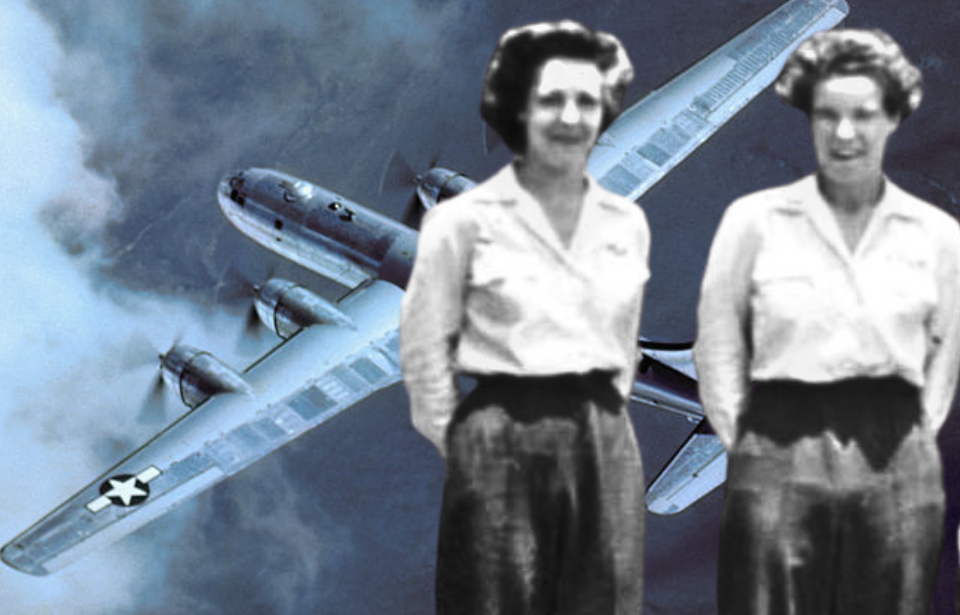As preparations for the atomic bombings of Hiroshima and Nagasaki were underway, Paul Tibbets was tasked with training pilots to fly the Boeing B-29 Superfortress. However, a significant obstacle emerged: many of them were reluctant to fly the bomber due to its large size and relatively limited testing compared to other World War II-era aircraft.
Recognizing the need to address their concerns, Tibbets devised a solution. He arranged for two female aviators to demonstrate flights in the bomber for their male counterparts. This tactic not only eased the pilots’ fears, but also boosted their confidence in handling the aircraft.
Problems with the B-29 Superfortress’ engines
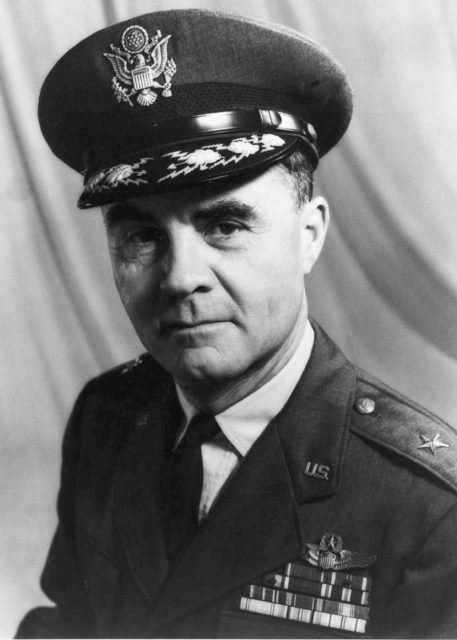
After serving in both the European and Pacific Theaters, Paul Tibbets returned to the US in 1943 to assist in the development of the B-29 Superfortress. Once testing was completed, he became the director of operations for the 17th Bombardment Operational Training Wing (Very Heavy), where he was responsible for training pilots to fly the new bomber.
Training these aviators proved very challenging. They had legitimate concerns over the B-29’s history of engine problems and frequent fires, as well as its relatively limited testing compared to other aircraft. Additionally, the bomber’s significantly larger size represented a major departure from the aircraft previously flown by the US Army Air Forces (USAAF).
The women who flew the B-29 Superfortress
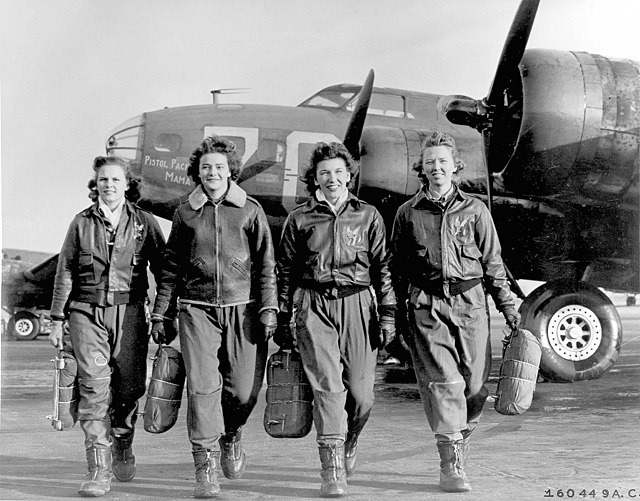
To address the apprehension surrounding the B-29, Tibbets decided to train female pilots on the bomber to alleviate the concerns of their male counterparts. He enlisted the help of two Women Airforce Service Pilots (WASPs), Dora Dougherty Strother and Dorothea Johnson “Didi” Moorman, deliberately withholding information about previous issues to prevent any worries about the aircraft.
Interestingly, both Strother and Moorman encountered no difficulties during their training.
Chosen specifically because they had no prior experience flying a four-engine aircraft, Strother and Moorman were intended to demonstrate that mastering the B-29 was easily achievable. After just three days of training, Tibbets deemed them ready to conduct demonstrations for the male aviators. They performed various flights from the base in Alamogordo, New Mexico, with different aircrews onboard for each demonstration.
Reception as demonstration pilots
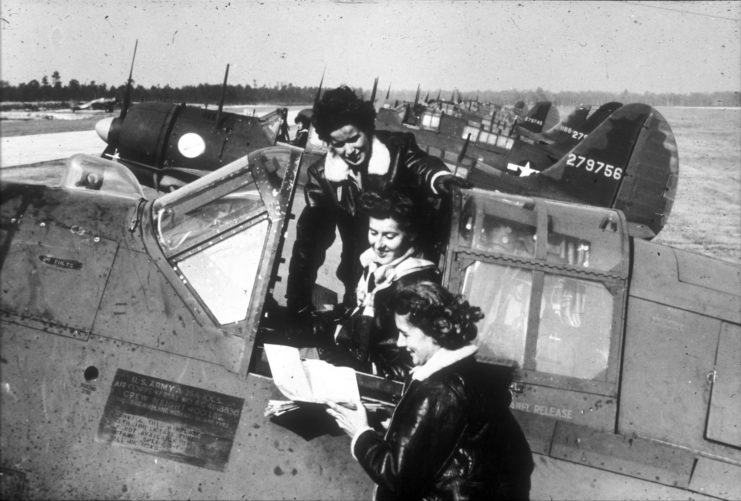
Strother and Moorman successfully convinced the male aviators to fly the B-29. In a maintenance bulletin, Maj. Harry Shilling praised the pair’s expertise and deep understanding of the aircraft, encouraging other male personnel to seek their guidance on managing the bombers and to emulate their flawless takeoffs.
Despite their achievements, however, Strother and Moorman’s role as demonstration pilots was short-lived. When Tibbets’ superiors discovered that women were flying B-29s, they ordered the program to be shut down.
Maj. General Barney Giles of the Air Staff remarked that the women were “putting the big football players to shame.”
Remembering their role
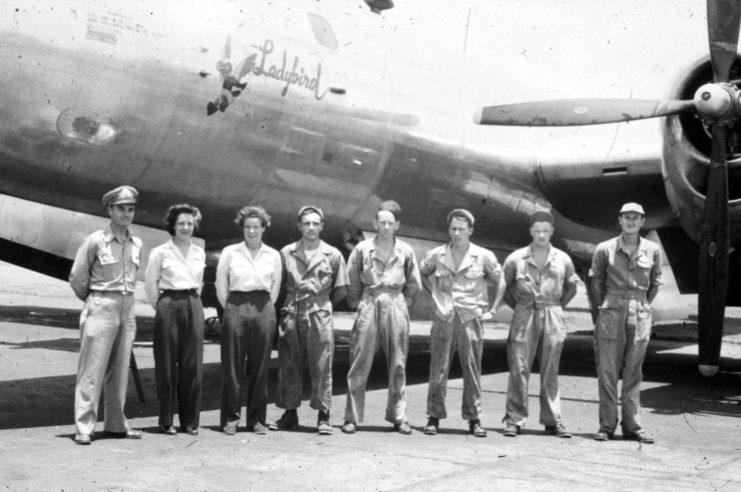
While their role as demonstration pilots might appear insignificant, it carried significant weight for the men who observed them. On August 2, 1995, Harry McKeown, a retired lieutenant colonel with the US Air Force, wrote a letter to Strother concerning her piloting of the B-29s. Their paths had crossed in 1944 at Clovis Army Airfield, where McKeown served as Director of Maintenance & Supply and a test pilot.
He recounted that following their demonstration, “we never had a pilot who didn’t want to fly the B-29,” and ended his letter on a more personal note. “I still want to thank you for your helping me that day at Clovis,” he wrote. “I will admit that I was scared… You made the difference in my flying from then on. I wasn’t the only pilot that felt this way, and I am sure that they would thank you too if they knew where you were.”
Life after World War II
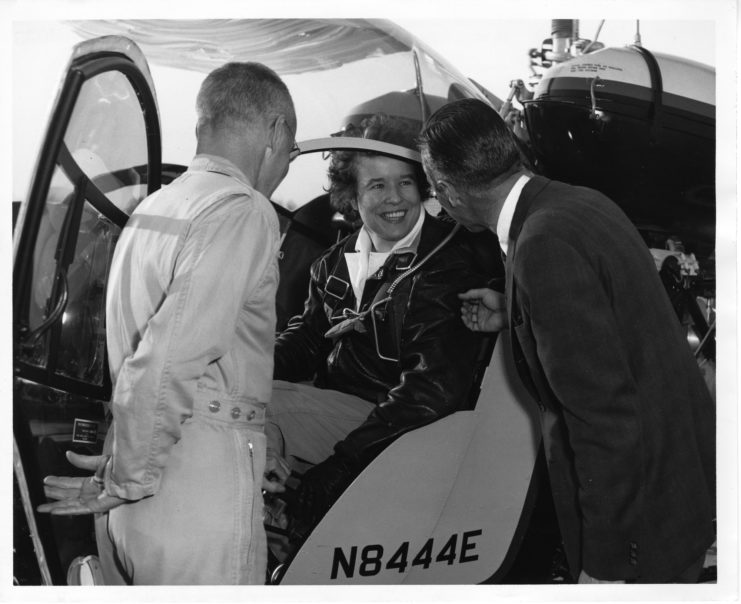
Both women carried on with the WASPs until the organization disbanded in 1944. Strother went on to earn her PhD from New York University and worked for Bell Helicopters from 1962-86. She kept in touch with McKeown and married him in 2002. Moorman raised five children in North Carolina after the war, and kept in close contact with Tibbets until her death in 2005.
Want War History Online‘s content sent directly to your inbox? Sign up for our newsletter here!
The WASPs, including Strother and Moorman, were denied military veteran status until 1977, when the US House and Senate voted to grant them what they had earned. This decision made them eligible for veterans benefits and also allowed the woman to commemorate their fallen sisters as veterans – something they hadn’t previously been able to do.
